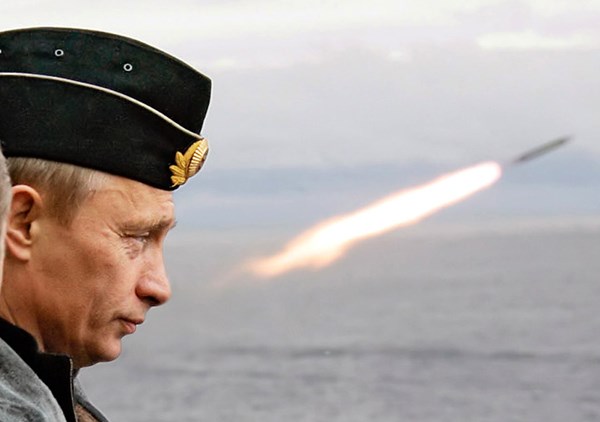Russia to spend another $290 billion on weapons production
The Russian state program of arms production, which started in 2007 and was extended in 2011 and 2018, is becoming indefinite in the post-Soviet history of Russia.
Having spent almost 22 trillion ($290 billion) rubles over ten years on the rearmament of the army, the Kremlin plans to keep the financing of the defense procurement at the same levels until 2035, Andrei Yelchaninov, the first deputy chairman of the Military-Industrial Commission of the Russian Federation, said in an interview with Rossiskaya Gazeta.
The financial metrics of the new state weapons program, "despite all the peculiarities of the economic situation in the country, will not be lower in absolute numbers," he said.
The previous program of 2010-2020 cost 21.2 trillion rubles ($280 billion), the current (for the period 2018-27) costs 21.7 trillion rubles ($290 billion).
"Based on this dynamics, we expect the level of the new state weapons program at not less than 21-22 trillion rubles," Yelchaninov said.
The aim is to further provide the armed forces with modern weapons and equipment that will match or exceed foreign counterparts, he stressed, stating that this "will be done taking into account the economic and technological capabilities of the country."
The Russian federal treasury currently allocates about 2.2 trillion rubles ($290 billion) a year for the purchase and production of weapons. That's two-thirds of the total defense budget of the country (3.2 trillion rubles ($420 billion)) and about one in seven rubles collected from taxpayers. The Kremlin spends twice as much on the armament than on education (1.1 trillion rubles ($150 billion)) and health care (1.2 trillion ($160 billion)), 2.2 times more than support for families with children (991 billion rubles ($13 billion)) and almost 7 times the amount allocated for environmental protection (331 billion rubles ($4.37 billion)).
The current weapons program also pays for the development of new intercontinental ballistic missiles, Sarmat, as well as all types of "super-weapons" presented by President Vladimir Putin in an address to the Federal Assembly three years ago.
Among them are the Avanguard hypersonic missile, which, according to Russian officials, develops speeds of up to 27 Mach, a nuclear torpedo submarine Poseidon, and Kinzhal hypersonic missile.
The share of modern weapons and equipment in the conventional forces of the Russian Army exceeded 70%, and in the nuclear forces reached 86%, Russian President Vladimir Putin said last December.
According to him, the next target is 88.3% of modern missiles in the nuclear forces in 2021 and "almost 76%" in the conventional forces.
"The army and the nuclear triad have reached a level that will guarantee Russia's security," Putin said.
